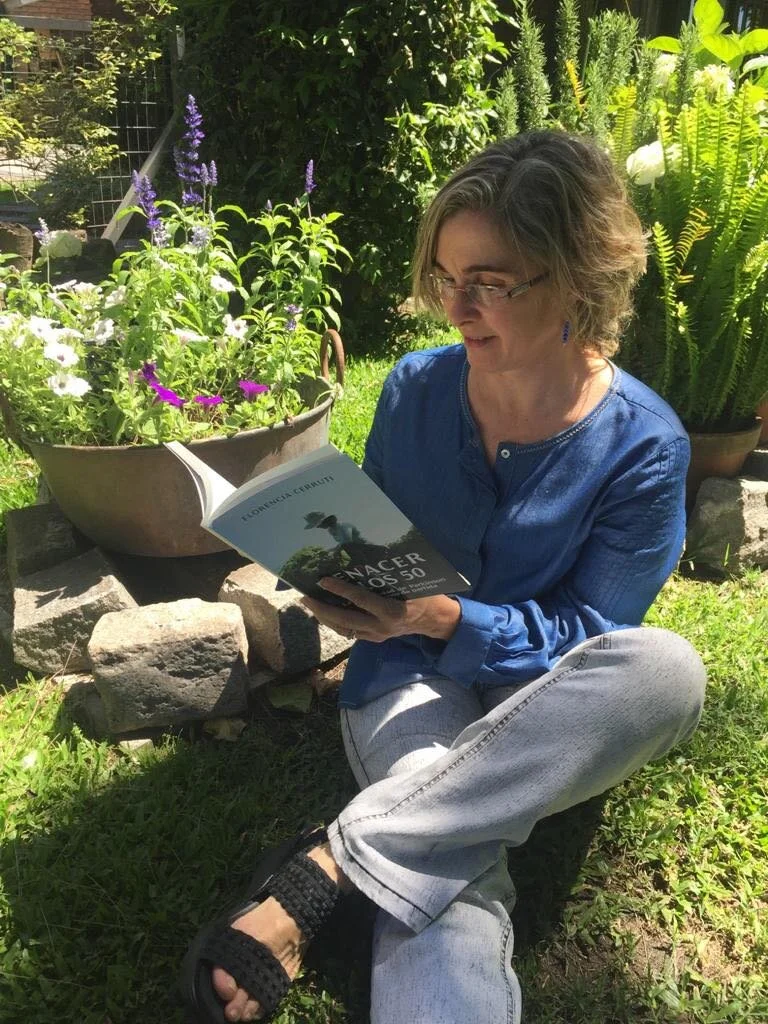The Cell Danger Response (CDR) provides an explanation and framework of understanding for chronic illnesses, including Idiopathic Parkinson’s Disease. According to this framework, the CDR occurs when a cell in the body detects a threat to its existence or that it is in some sort of mortal danger. When a cell thus loses its sense of safety, it moves via the CDR from contributing to the health and vitality of the body towards an “on guard” state of self-perseveration, and then alerts other cells to the danger by releasing chemicals, which can, in turn, set off their CDR, potentially leading to domino or cascade effect. If the threat is maintained long enough, eventually the CDR results in the cell going into a shut-down or hibernatory state, to wait it out until the danger has passed. When enough cells in the body get stuck in a Cell Danger Response, some from of chronic illness ensues.
Read MoreShared Experiences and Parkinson's Disease
When Florencia Cerruti was diagnosed with Parkinson's Disease at age 47, she began using journaling, writing down her private thoughts about her experiences, as a coping mechanism and a therapeutic outlet. Through this self-reflection, she realizes early that there is some innate element of bodily wisdom in the diagnosis of an "idiopathic" chronic condition - that it contains an aspect of her body saying "no more" to a lifetime of holding herself to too high standards, of perfectionism, of "wearing the cape of superwoman".
Read MoreYoga Nidra Guided Meditation and Parkinson's Disease
I have now been practising Yoga Nidra guided meditations for around 3 months at the time of writing this, daily each morning. I definitely have seen cumulative benefits for progressive reduction of my Parkinson's Disease symptoms over that time, including much reduced anxiety, pain, less really bad days. However, in particular, I’ve noted increased effectiveness of dopamine replacement drugs, longer "on" periods, as well as improved sleep. Indeed, I personally believe that the practice does indeed boost my dopamine levels, because when I take a dose of my PD meds after or during a Yoga Nidra session, it is much more likely that that dose will actually work to turn my movement back on, and it can take as little as 15-20 minutes for the drug to kick in (this is very short time for me, about 50% less time needed than usual.
Read More

